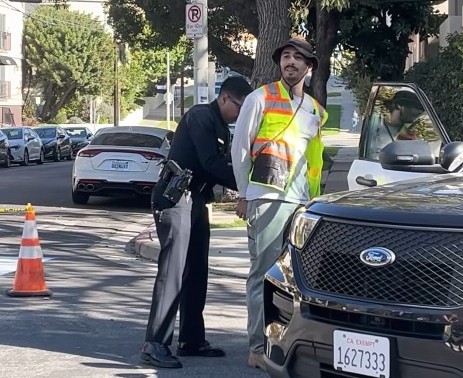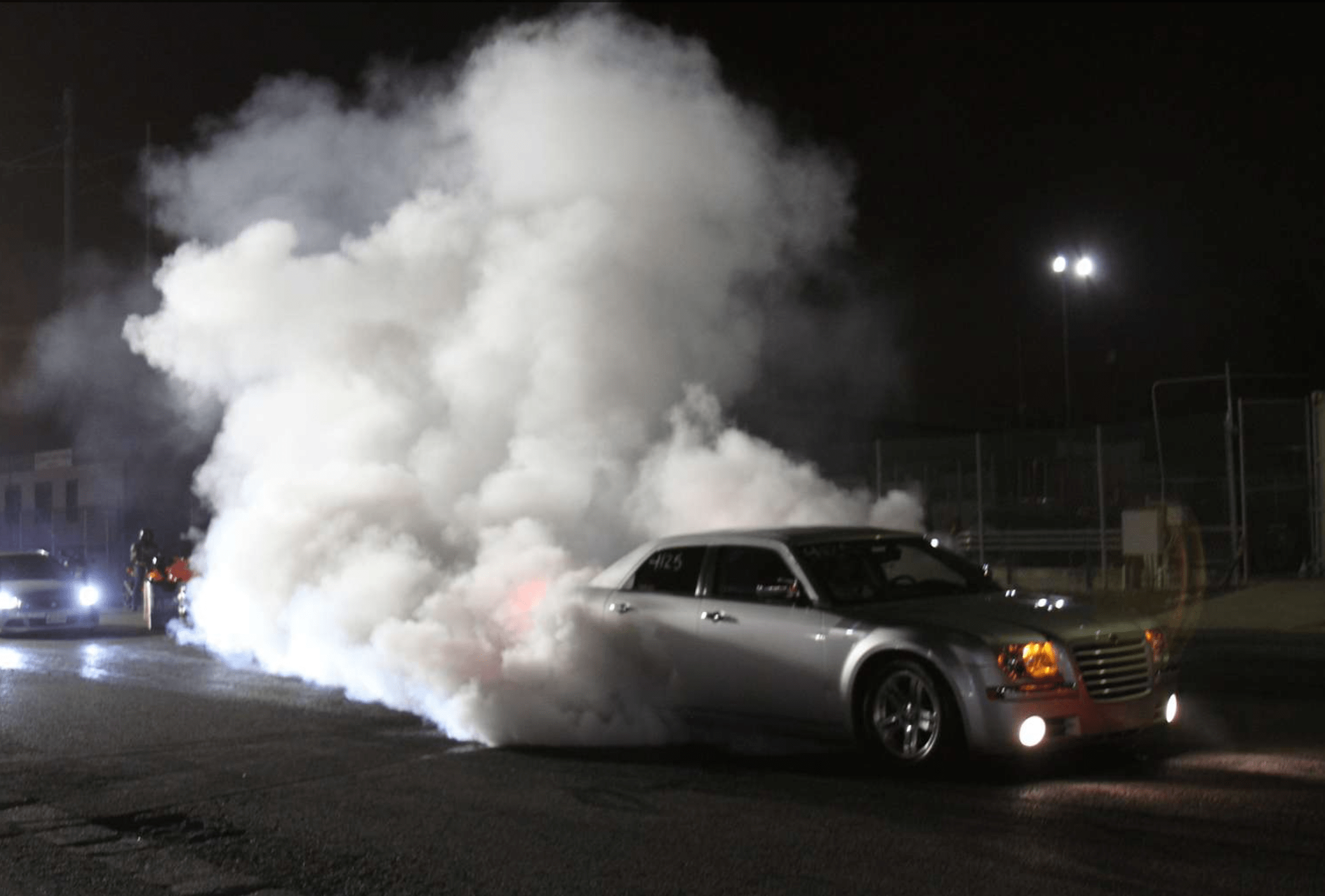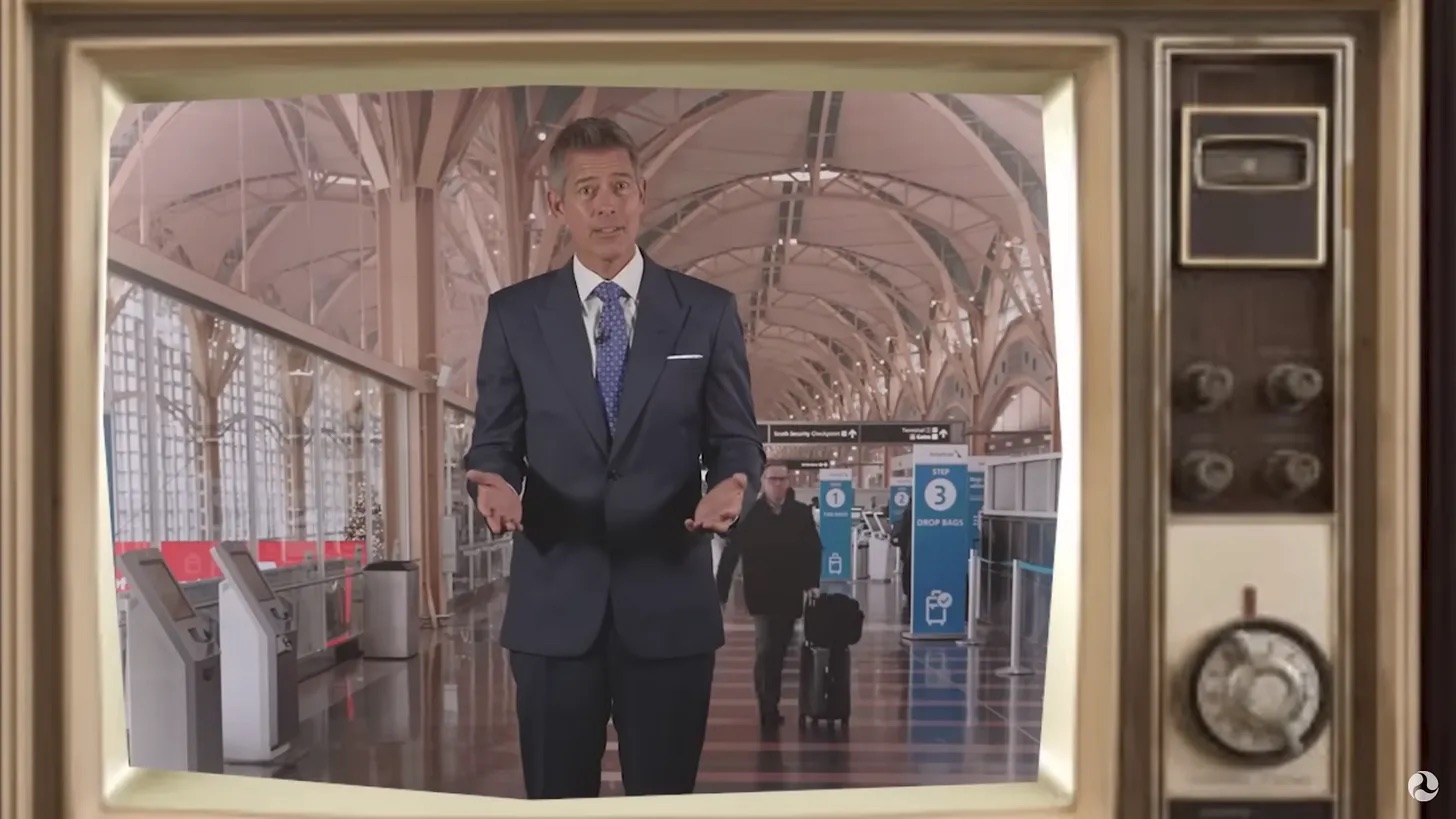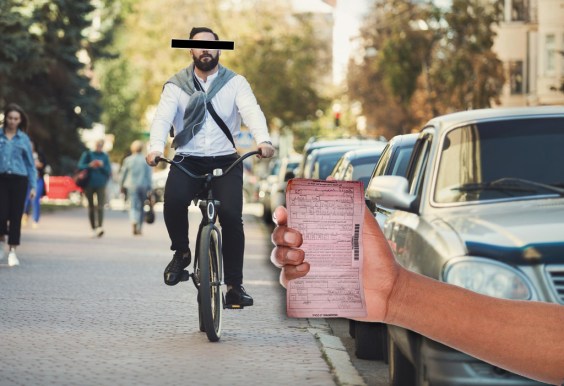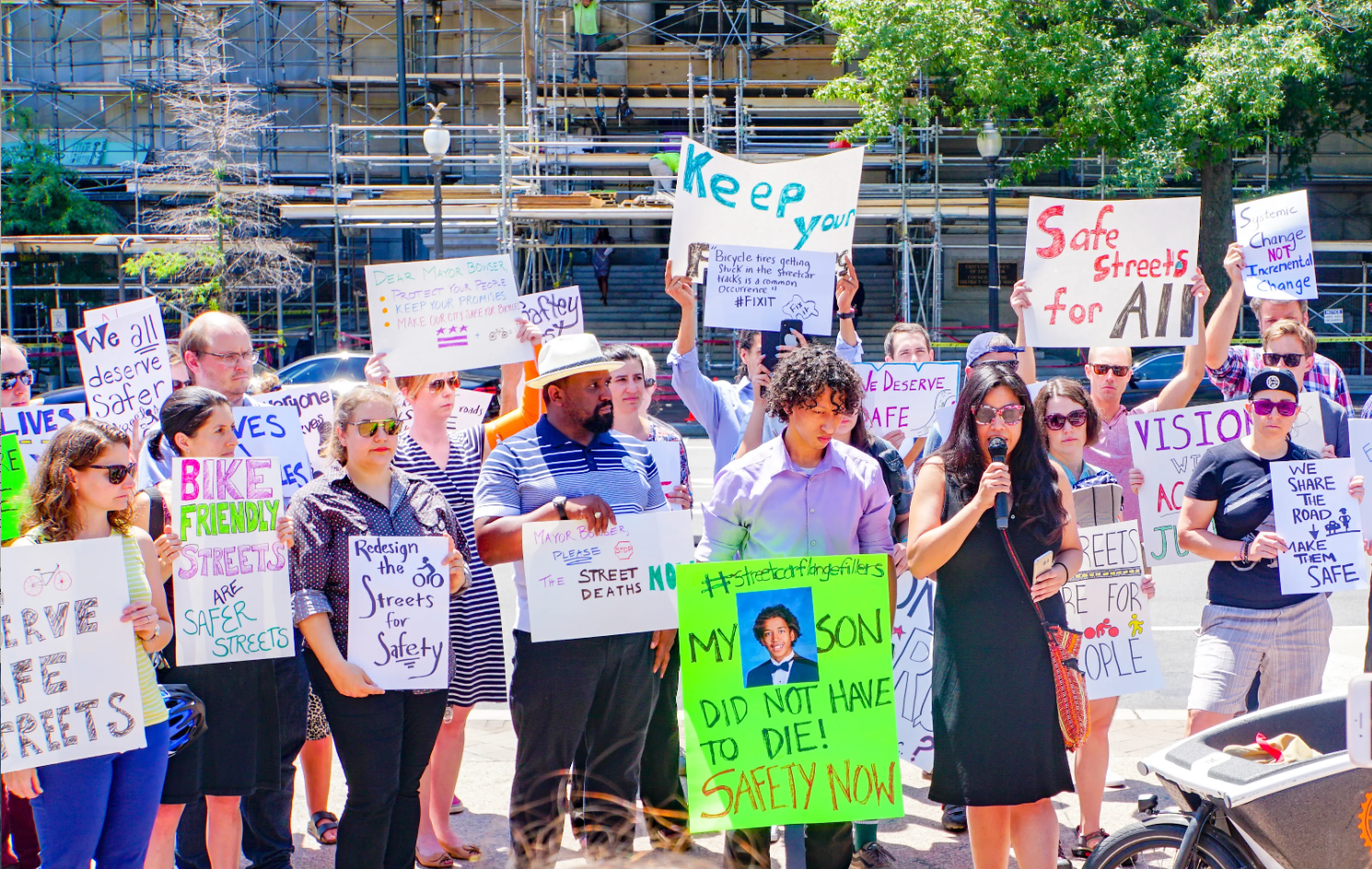Editor's note: This article was originally published in Transportation Alternatives' Vision Zero Cities Journal. Transportation Alternatives is dedicated to fighting for better walking, biking, and public transit in New York City.
As Los Angeles gears up to host the 2028 Olympic and Paralympic Games, cycling advocates are looking to Paris 2024 — hailed as the “first bikeable Olympics” — for key lessons. The Paris Games not only introduced extensive cycling infrastructure but also cemented the city’s reputation as a bike-friendly capital, a shift marked by a steady rise in ridership.
The story of the legacy mobility improvements was non-linear and required vision, tenacity, and coordinated implementation. Initial plans for Paris 2024 focused exclusively on bus- and rail-based public transportation. Just two years before the opening ceremony, existing bike routes to the venues were unmarked and dangerous. Local cycling advocacy groups urged Olympic organizers to integrate active transportation into their mobility plans, warning that public transit alone would not be able to handle the anticipated 15 million visitors.
It wasn’t until the groups formed a coalition and orchestrated a high-profile Olympic torch relay by bike that the Games organizing committee began to pay heed. This advocacy also played a key role in holding Mayor Hidalgo, who campaigned on an agenda of making Paris 100% bikeable by 2026, accountable to her promise.
With strong community interest aligned with Hidalgo’s political resolve, Paris achieved a remarkable turnaround. In just two years, the city introduced 34 miles of new bike routes, added 46,000 rental bikes, and created over 27,000 bike parking spaces. By the time the 2024 Games began, all 35 Olympic venues were safely accessible by bike, leading an estimated five percent of spectators to cycle to the events.
After the closing ceremony, these bike routes remained open, and the bike racks were distributed to public spaces around the city. Reflecting on the long-term impacts of the Games bike-buildout, Charlotte Guth, Head of Bicycle Mission for the City of Paris Roads and Transport Department, remarked, “Today, in Paris, cycling is no longer just a weekend pastime, but the fastest and easiest way to get around on a daily basis. The 2024 Olympic and Paralympic Games have offered us a unique opportunity to accelerate these changes.”

There is a lot of skepticism that Los Angeles can accomplish the same kind of success, but Paris reminds us of the power of coalition-building and persistent advocacy. In early 2025, Paris en Selle, a key advocate for Paris bike buildout, reached out to the Festival Trail, a Los Angeles initiative advocating for mobility improvements ahead of the 2028 Games. Seeing the Festival Trail as a successor to their efforts, Paris en Selle symbolically passed the baton by sharing their testimony as encouragement.
Of course, Los Angeles faces a very different set of challenges from Paris. While Paris is compact with a population density of 56,000 people per square mile, Los Angeles is vast and sprawling, with just 8,300 people per square mile. The stark difference in the urban design of these two cities can be attributed to LA’s car-centric planning, which has had lasting negative effects on the city and its residents.
Most Angelenos do not feel safe walking or biking in their own city. Los Angeles is dominated by wide, multi-lane roads lacking basic safety features like sidewalks, adequate lighting, and bike lanes. The results are devastating: a pedestrian is killed in Los Angeles every two days, a fatality rate that is four times the national average.
These rates are even higher for communities of color, where decades of disinvestment have left streets without critical safety infrastructure — and the city is getting even more dangerous. In 2024, there were 303 traffic-related deaths in Los Angeles, a rise of nearly 30% since 2019.
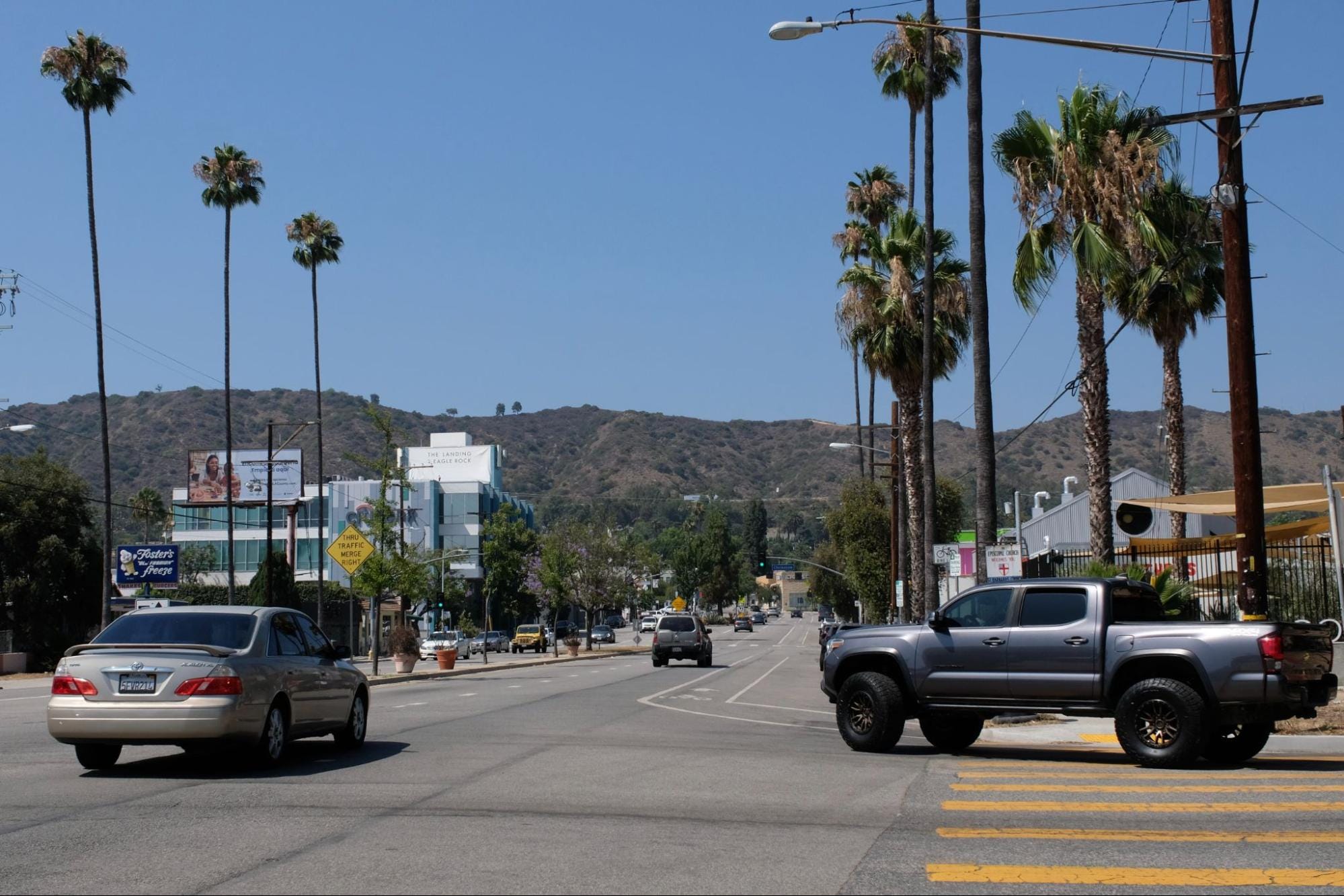
Despite this data, the city of Los Angeles has not prioritized improvements around pedestrian and cyclist safety. In 2024, citizens advocated for a ballot measure demanding that the city implement a mobility plan for safer streets. The measure passed thanks to an astounding organizing effort by residents, but a year later, the city has still not outlined its plans for implementation.
Furthermore, in the most recent city budget, Mayor Bass addressed a $1 billion deficit by making deep cuts to the Los Angeles Department of Transportation and StreetsLA, the two agencies responsible for managing street safety and carrying out Vision Zero. These actions make it clear that we cannot rely solely on public leadership or dollars to get us ready for the Olympics. Los Angeles will need to be prepared by the people, for the people.
So what do we rely on?
One answer is to combine community, philanthropy, and partnerships — co-aligning the once-in-a-generation investment during the 2028 Games with long-term goals of building the next LA. A project that embodies this ethos is the Festival Trail, a community-driven initiative for interconnected, non-vehicular corridors connecting the dispersed neighborhoods of Los Angeles.
The Trail route aims to connect major venues of the 2028 Games along current and planned transit connections, helping Angelenos safely move around the city car-free during the Games and for years after. Though the vision is bold, the Festival Trail is rooted in a strategic idea: closing a few key gaps in the network can open up Los Angeles in a big way.
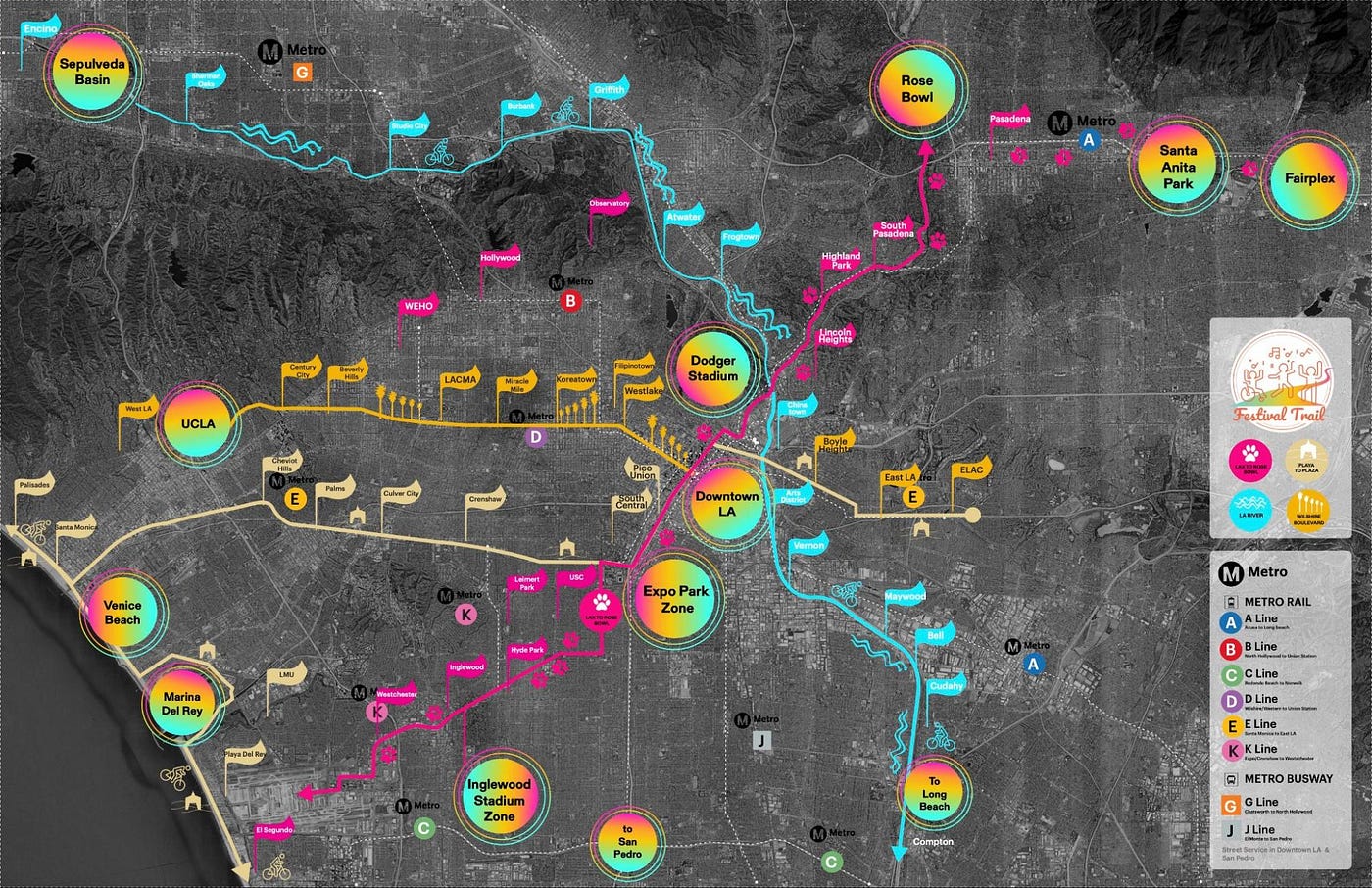
One of these gaps is along the LA River bike path, an eight-mile chasm from Elysian Valley through Downtown Los Angeles that forces cyclists onto busy surface streets with dangerous intersections. There is $365 million in earmarked funding to connect the bike path, but the project has been caught in a bureaucratic stalemate that needs to be unlocked in order to bring this life-saving infrastructure to communities along the LA River.
The Festival Trail is leveraging the momentum of the 2028 Games to bring attention to this long-overdue project and deliver a seamless 51-mile protected bike path stretching from the San Fernando Valley all the way to Long Beach.
We have already seen early success in closing these gaps. In May 2025, Segment A of the Rail-to-Rail project opened a safe, car-free route that links neighborhoods, transit stops, schools, and parks across South LA. This corridor now sees 4,300 pedestrians and 2,500 cyclists daily, a major mobility upgrade in a part of the city where one in five households is car-free.
In addition to building physical connections, the Festival Trail aims to shift the culture of bike ridership and car-free transportation more broadly in Los Angeles through public space activations. Festival Trail is partnered closely with CicLAvia on Open Streets events, citywide celebrations where Angelenos can walk and bike along streets temporarily closed to cars and reimagine what LA could feel like if it were designed for people.
These joyful events help introduce new riders, facilitate community connections, and build momentum around the idea that public streets are for public joy.
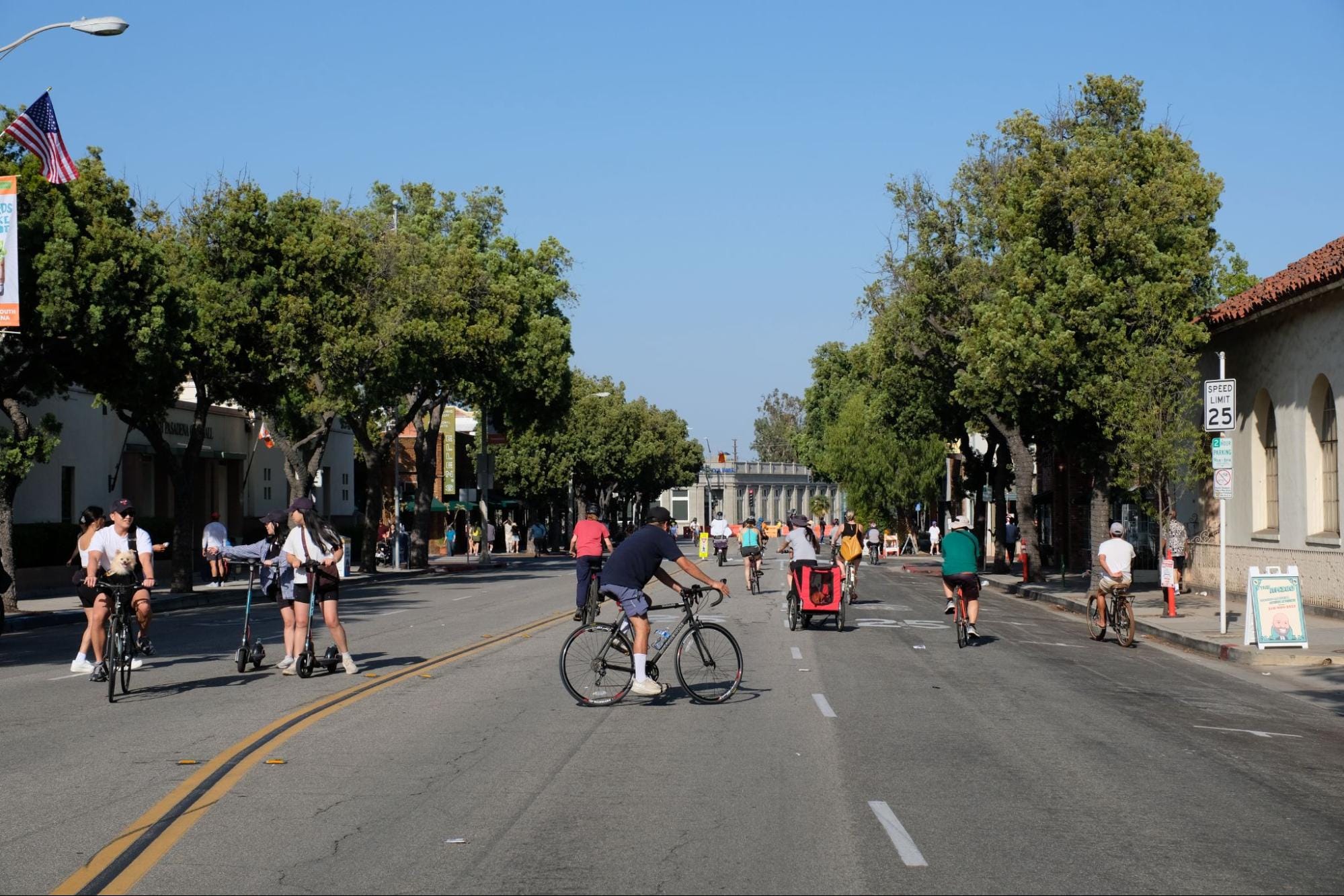
With only three years before the opening ceremony, there is still a long way to go to ensure Angelenos see lasting benefits from the Olympic Games — but the Festival Trail is not working alone.
In the past two years, the team has held over 300 meetings to build momentum, supported by a growing cross-sectoral coalition of engineers, designers, community leaders, grassroots organizers, arts advocates, philanthropists, corporations, and government representatives. The initiative is fiscally sponsored by the California Community Foundation, one of the most prolific foundations in the country. Together, this coalition brings together the diverse expertise and perspectives needed for a project of this scale, all united by a shared vision for a positive Olympic legacy.
In recent months, the Festival Trail has hosted three community design workshops at key sites along its corridors to gather feedback directly from Los Angeles residents. Interest and excitement are palpable at the workshops, particularly around bike infrastructure. Attendees voice strong support for protected bike paths as well as infrastructure to support cyclists’ and pedestrians’ basic needs, like hydration stations, shade structures, comfortable benches, and clean restrooms. They also stress that every aspect of the Trail should be designed for people of all ages, abilities, and backgrounds.
Participants of Festival Trail workshops also emphasize the importance of storytelling along the route. The Festival Trail must reflect the “real” Los Angeles — a city of astounding multiculturalism — by helping users see and experience the city’s many diverse neighborhoods.
This feedback has directly shaped the Festival Trail’s vision and informed the development of a branded “Kit of Parts”, a flexible design toolkit to remake streets across the region. The Kit incorporates residents’ top priorities, including comfort and cooling, stages for artistic expression and cultural programming, space for rest and gathering, greenery, and more. Implementation would be site-specific, tailored to reflect the unique needs and identities of each community along the Trail.
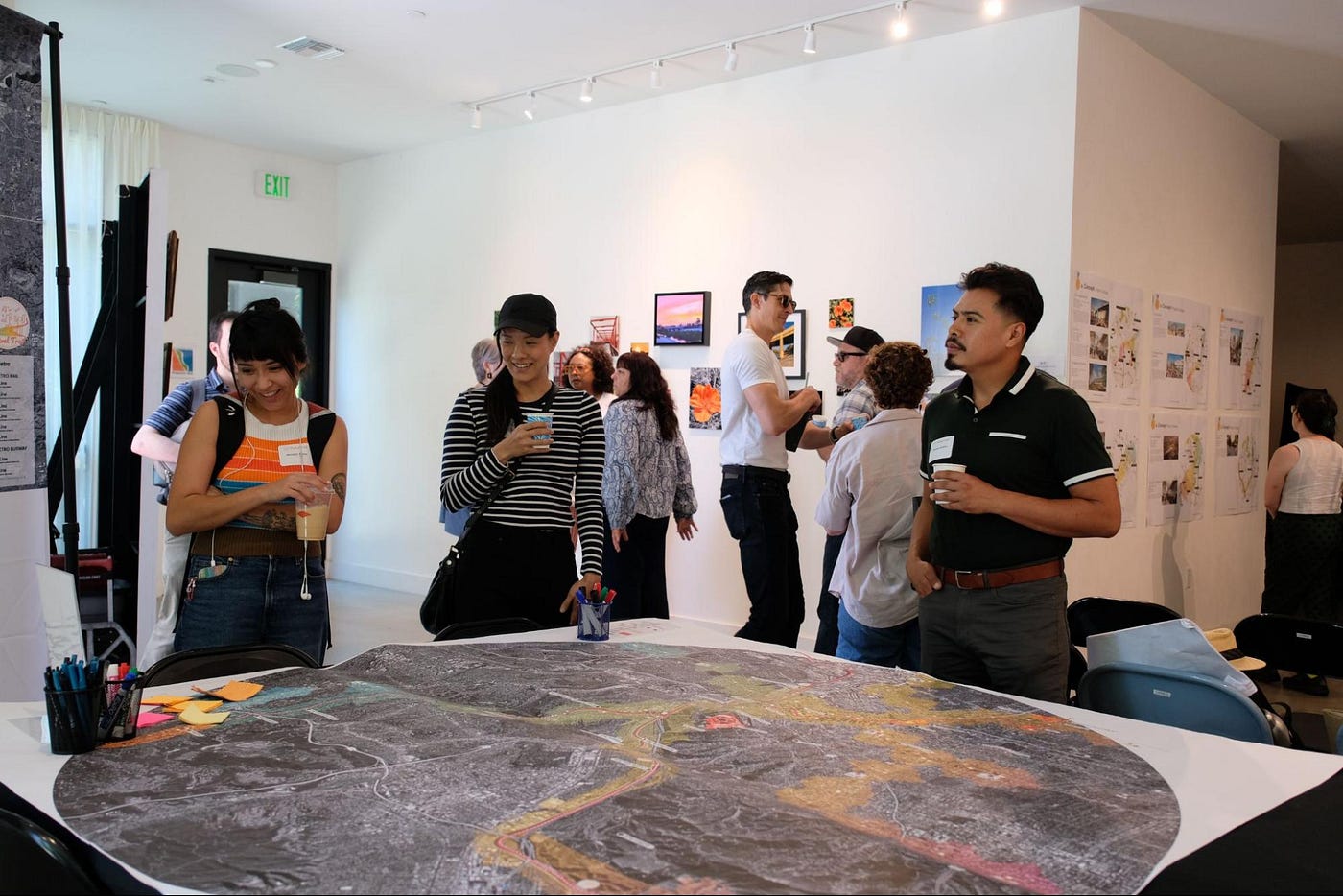
As millions of visitors arrive in Los Angeles for the 2028 Games, the Festival Trail would offer safe, car-free ways to move through the city, but the true impact of the Festival Trail would extend far beyond the Games.
The Trail would provide easy walking and biking access for the estimated 1.8 million Angelenos who live within half a mile of the route, including 1.3 million residents of color and 280,000 residents living in poverty. It would run along 344 schools and 25 universities, linking 673,000 students to 167 parks, countless cultural institutions, and public space activations. Long term, the Festival Trail envisions building corridors of affordable housing along the trail, with initial studies yielding up to 20,000 units of affordable housing through the heart of Los Angeles.
Success in Los Angeles will look different from Paris. Solutions to the unique challenges and cultural context of Los Angeles will take shape in their own way. What we can mirror from Paris is the spirit of activism that made their achievements possible. We know that ballot measures, data, and promises alone will not bring change to Los Angeles streets.
Instead, our strength will come from momentum built by deep community organizing, grassroots visioning, and bold and innovative methods of project delivery.
We’re faced now with a once-in-a-generation opportunity to transform our city. And while it should not take the Olympics for Angelenos to get the improvements they deserve, we must make the most of this moment.
The baton has been passed. Let’s get going.

